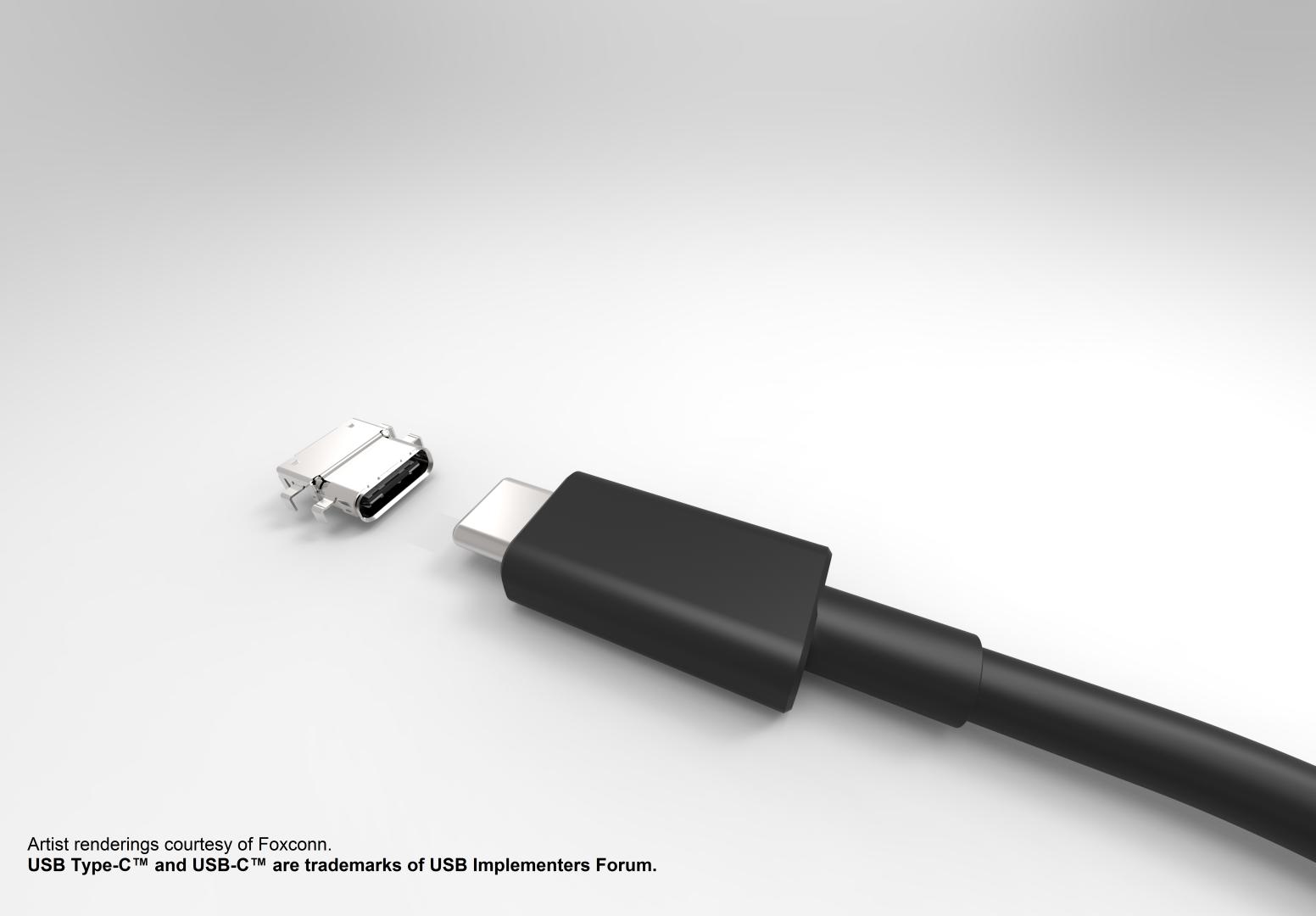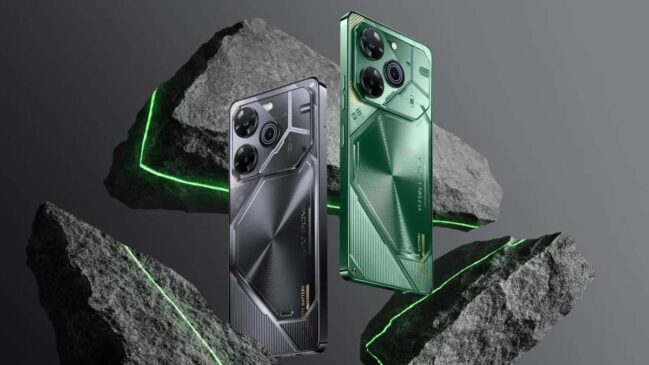
USB type C has a number of usage from data transfer to portable device charging for portable devices running windows or androids. However, Intel wants to take its application a bit further by finding new uses for this standard. In order to further this objective Intel proposed a new use for USB Type-C in IDF Shenzhen 2016.
 Audio connectors in PC and Mobiles are the only remaining analog interfaces in modern devices, which requires a certain standard and stringent quality control to maintain high audio quality and remove interference. Intel proposes to replace all these connectors like the 3.5mm mini-jack with USB Type-C which will add more features to headsets in future.
Audio connectors in PC and Mobiles are the only remaining analog interfaces in modern devices, which requires a certain standard and stringent quality control to maintain high audio quality and remove interference. Intel proposes to replace all these connectors like the 3.5mm mini-jack with USB Type-C which will add more features to headsets in future.
While this a very bold move by Intel, many companies in the recent past have attempted to do this and they have not quite succeeded yet(Le Eco and Apple being noteworthy). However with Intel, there’s just might be enough taker for this idea and that will frustrate many people with a pair of favorite analog headphones or any other audio devices. However, that is something only future can tell.
Analog Audio jacks are in existence for decades. For example, the original 6.5mm connector was invented in 1878 and the 3.5mm has been around since the 1960’s. Headphone jacks have evolved but they haven’t gone beyond growing a few contacts for rudimentary programming for play options. With Modern smartphones slimming down in size and providing more options and features maybe this is the right time to include a universal connector which does it all including charging, data transfer and audio. Intel wants USB Type-C to be that connector.
Infact the USB Type-C can be used to transfer analog audio as per need. The USB Type-C has sideband use pins (SBU1 and SBU2) for analog audio in its audio accessories mode. The sideband use pins doesn’t impact data transfers and other vital functionality of USB-C cables. In this case, the USB Type-C might include different sensors for various uses . Intel do plan on adding a host of features into the USB Type-C standard which will be announced in Q2.
Introduction of digital audio means that headsets will be coming with their own amplifiers, DACS etc which currently resides inside the smartphone’s itself. They propose to make MPU’s which will bring features like beam forming, noise suppression, acoustic echo suppression (AES), acoustic echo cancellation (AEC) to the table along with possible introduction of HDCP technology.This will see a spike in cost, however the fact that MPU’s will be software upgradeable will balance the cost.
The Industry has successfully replaced the analog video connectors in favor of HDMI in the past. However coming to audio getting rid of analog was not so easy. Intel themselves had to go back to the drawing board after the no availability of Analog audio port was not well received in the first generation NUC’s.
With USB Type-C Intel is not alone, but for it to become a proper industry standard a coordinated push from the Industry leaders in portable devices like LG and Samsung and HTC is needed.









